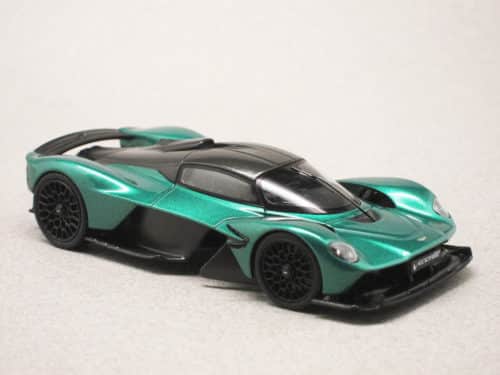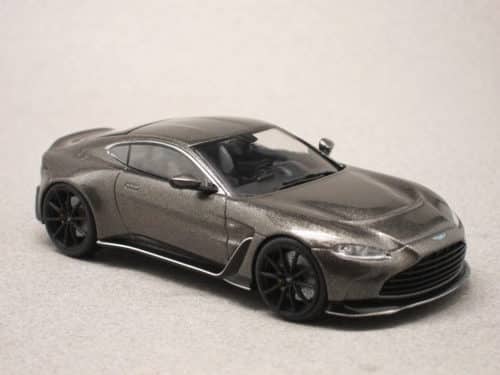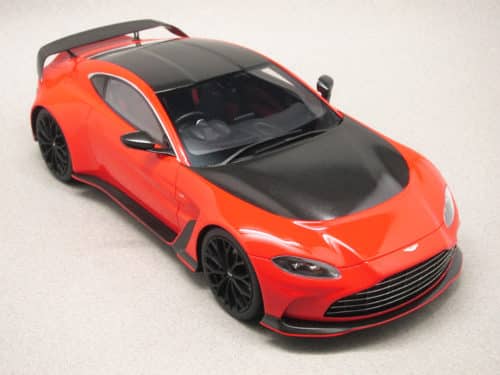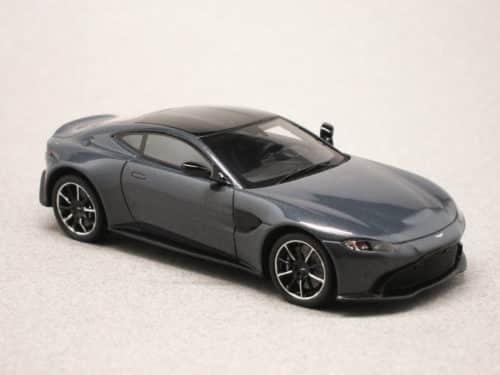Categories
- Uncategorized
- Brands
- Aspark
- Abarth
- AC
- ACMAT
- Acura
- Adler
- AEC
- Aero
- Aero Flite
- Aerocar
- AGF Serval
- Airstream
- Aiways
- Alamagny
- ALCA
- Aleko
- Alfa Romeo
- Allard
- Alpina
- Alpine
- Alvis
- AMC
- AMG
- Amilcar
- Amphicar
- Anadol
- Armstrong Siddeley
- Arnolt
- ARO
- Artz
- Aston Martin
- Auburn
- Audi
- Aurus
- Austin
- Austin-Healey
- Auto-Union
- Autobianchi
- Avia
- AWZ
- Babich
- Barkas
- Barnard
- BB
- Bedford
- Bentley
- Berkeley
- Berliet
- Bertone
- Beutler
- Bianco
- Bitter
- Bizzarrini
- BMW
- Borgward
- Bosley
- Brabus
- Brasier
- Brasinca
- Bristol
- Brütsch
- Buckle
- Bugatti
- Bugre
- Buick
- Burney
- Büssing
- Cadillac
- Caterham
- CG
- Chausson
- Checker
- Chenard & Walcker
- Chevrolet
- Chevrolet Corvette
- Chrysler
- Cisitalia
- Citeria
- Citroën in 1:18 scale
- Citroën in 1:43 scale
- Commer
- Cord
- Costin Nathan
- Covington
- Cuningham
- Dacia
- DAF
- Daihatsu
- Daimler
- Dangel
- Datsun
- DB
- De Lorean
- De Tomaso
- Delage
- Delahaye
- Denzel
- DeSoto
- Devon
- Diamond Reo
- Diamond T
- Dixi
- DKW
- Dodge
- Dome
- Donkervoort
- DS
- Dual-Ghia
- Dubonnet
- Duesenberg
- Edsel
- EMW
- Enzmann
- Excalibur
- Facel Vega
- Ferrari-en
- Fiat
- Fleetwood Enterprises
- Ford
- Freightliner
- Friedrich Rometsch
- FSO
- Fuji
- Fuso
- GAC Motor
- Gatso
- GAZ
- Ghia
- Gillet
- Ginetta
- Glas
- Glasspar
- GM
- GMC
- Goggomobil
- Goliath
- Gomolzig
- Gordon
- Gordon-Keeble
- Graham-Paige
- Gumpert
- Gutbrod
- Hanomag
- Hansa
- Hénon
- Henry J
- Henschel
- Hewson
- Hillman
- Hispano-Suiza
- Holden
- Hommell
- Honda
- Hong Qi
- Horch
- Hotchkiss
- Hudson
- Humber
- Hummer
- Hunt
- Hymer
- Hyundai
- IFA
- Ikarus
- Imperial
- IMZ
- Infiniti
- Innocenti
- Intermeccanica
- International
- Invicta
- Irisbus
- Irmscher
- Isdera
- Iso
- Isotta Fraschini
- Isuzu
- Iveco
- Jaguar
- Jamos
- Jeep
- Jensen
- Jowett
- Kahlbacher
- Kaiser
- Kalmar
- Kamaz
- Kamm
- Kenworth
- KIA
- KIM
- Koenigsegg
- Kohlruss
- KrAZ
- Krupp
- KTM
- Kurtis
- Lada
- Lagonda
- Lamborghini
- Lancia
- Land Rover
- Lanz
- LaSalle
- Laurin & Klement
- Lea-Francis
- Leichtbau
- Leningrad
- Lexus
- Leyat
- Lightburn
- Ligier
- Lincoln
- Lloyd
- LMX Sirex
- Lotus
- LTI
- LuAZ
- Lynx
- Lysell
- Mack
- Magirus
- Maico
- MAN
- Manic
- Manta Ray
- Marathon
- Marussia
- Maserati
- Mathis
- Matra
- Matra-Simca
- Maybach
- Mazda
- McLaren
- McQuay-Norris
- Melkus
- Mercedes in 1:18 scale
- Mercedes in 1:43 scale
- Mercer
- Mercury
- Messerschmitt
- MG
- Mikrus
- Mini
- Mismaque
- Mitsubishi
- Mitsuoka
- Mohs Motor Car
- MOL
- Monica
- Monteverdi
- Moretti
- Morgan
- Morris
- Moskvich
- Multicar
- Murena Motors
- Nardi
- Nash
- Neckar
- Neoplan
- Nissan
- Norman Timbs
- NSU
- Oldsmobile
- Oltcit
- OM
- Opel
- OSCA
- Packard
- Pagani
- Panhard
- Panther
- Peerless
- Pegaso
- Persu
- Peterbilt 352 H (IXO) 1:43
- Petermax Müller
- Peugeot in 1:18 scale
- Peugeot in 1:43 scale
- Phänomen
- Phantom
- Piaggio
- Pierce-Arrow
- Pininfarina
- Playboy
- Plymouth
- Polestar
- Polski-Fiat
- Pontiac
- Porsche in 1:18 scale
- Porsche in 1:43 scale
- Porsche in 1:87 scale
- Praga
- Puma
- Rambler
- Ramses
- Rapid
- Reliant
- Renault in 1:18 scale
- Renault in 1:43 scale
- Reyonnah
- Riley
- Robur
- Rochet – Schneider
- Rolls-Royce
- Rosengart
- Rover
- RUF
- Ruhrfahrzeugbau
- Saab
- Sabra
- Sachsenring
- Salmson
- Saurer
- Saviem
- SC Johnson Wax
- Scania
- Schlörwagen
- Scion
- Seagrave
- Seat
- Setra
- SFM
- Shanghai
- Shelby
- Shelter
- Siata
- Simca
- Simson
- Singer
- Sinpar
- Skoda
- Smart
- Smeal
- SMZ
- Spyker
- Steyr-Puch
- Stout
- Stratos
- Studebaker
- Stutz
- Subaru
- Sud-Aviation
- Sunbeam
- Suzuki
- Syrena
- Talbot
- Tarpan
- Tata
- Tatra
- Tesla
- Thunderbolt
- Thurner
- Toyopet
- Toyota
- Trabant
- Triumph
- Triver
- Troll
- Tucker
- TVR
- Uaz
- UNIC
- Unimog
- Vanden Plas
- Vauxhall
- Vector
- Velam
- Vemac
- Venturi
- Veritas
- Voisin
- Volkswagen
- Volugrafo
- Volvo
- Walter
- Wanderer
- Ward LaFrance
- Warszawa
- Wartburg
- White Company
- Wiesmann
- Wikov
- Willème
- Willys
- Wolseley
- Yamaha
- Yugo
- Zagato
- Zastava
- Zaz
- Zil
- ZIS
- Zündapp
- Zunder
- Cars
- Commercial vehicles
- Competition
- Advertising vehicles
- Concept cars
- Fire and Rescue
- Police cars
- Ambulances/Hearses
- JAPAN IMPORTS
- Buses
- Movies and TV series
- 1:18 SCALE SELECTION
- 1:64 scale selection
- 1:87 scale selection
- Tour de France
- Campers
- Helicopters
- Accessories
- All Citroën 2CVs!
- Manufacturer news
- Minicarweb selection
- Gift wrapping
- FLASH SALES
Manufacturers
Sales !
Useful information
Newsletter
Tags
Tags
Aston Martin
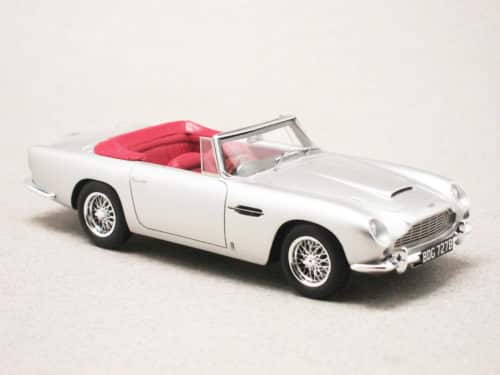
In stock
Aston Martin DB5 convertible (Schuco) 1:43
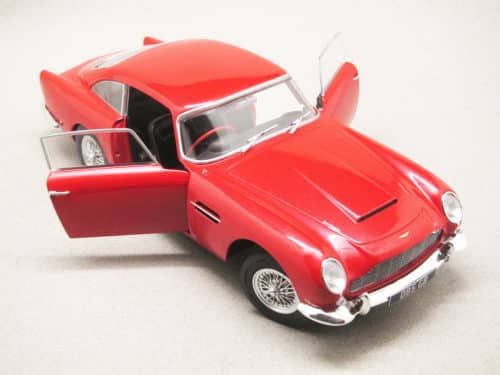
In stock
Aston Martin DB5 red (Solido) 1:18
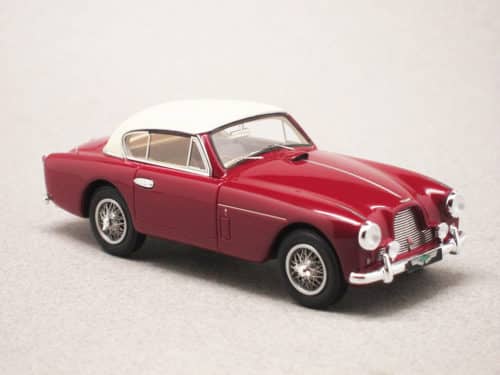
Aston Martin DB2/4 MKII Notchback red (Matrix) 1:43
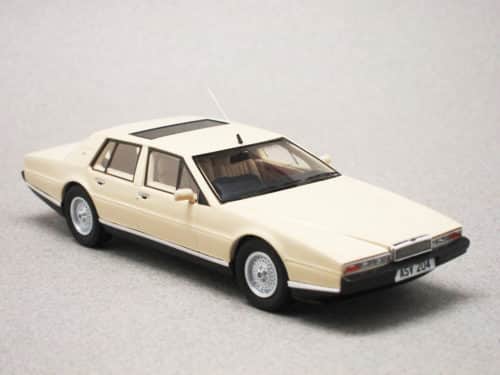
Aston Martin Lagonda S2 cream (Matrix) 1:43
After a first Aston Martin Lagonda in 1974 that looks like a four-door V8, the amazing Lagonda, designed by William Towns, was released. This futuristic sedan with an electronic dashboard was unveiled in 1976 and its production started in 1978. It is reproduced here in its original form, very refined, before its partial facelift that took place in March 1987.
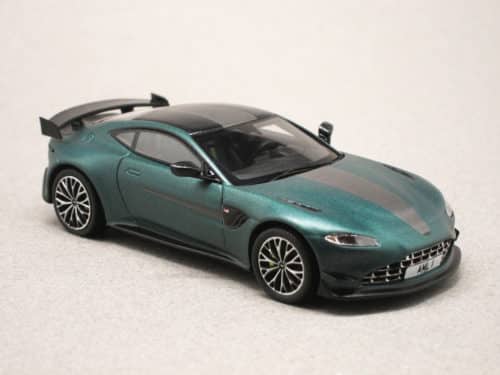
Out of stock
Aston Martin Vantage F1 green (Schuco) 1:43

Out of stock
Aston Martin DB5 green (Solido) 1:18
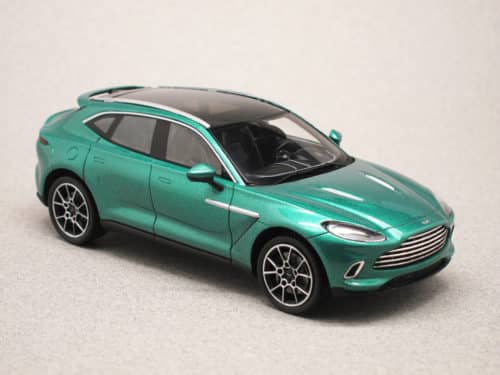
Aston Martin DBX green (Schuco) 1:43

In stock
Aston Vanquish Zagato Volante (Top Speed) 1:18
For some of those who buy Aston Martins, Lamborghinis or Ferraris, the series-produced models are not exclusive enough. This is the reason why limited editions of specific cars have become frequent. Zagato designed this very special Vanquish in 2016 in coupe, convertible Volante (reproduced here) and shooting brake variants (only 99 units for each of them), as well as a Speedster in 2017.
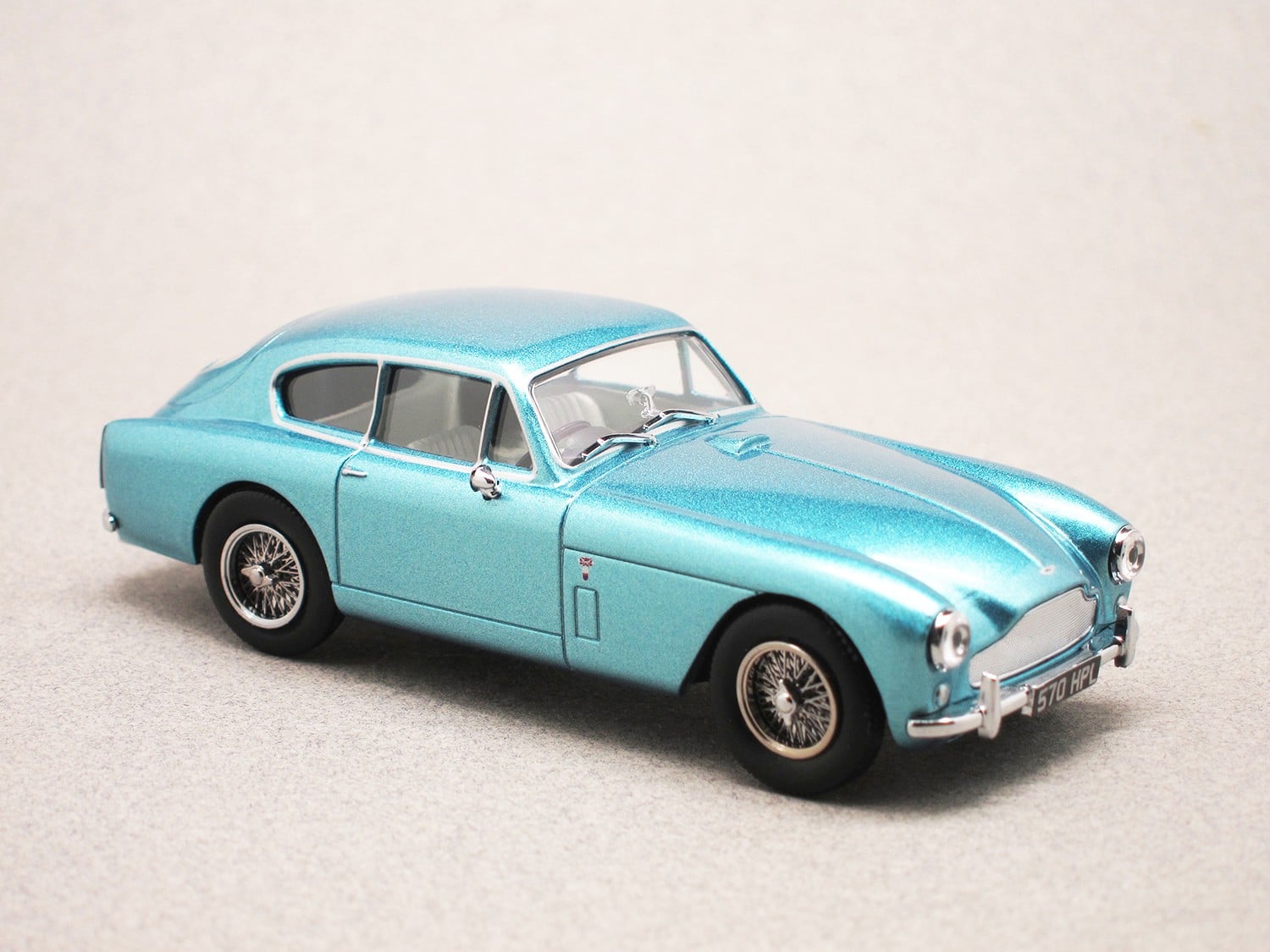
In stock
Aston Martin DB2/4 MK3 blue (Oxford) 1:43
Aston Martin slowly but surely updates its models. This DB2/4 MKIII, more commonly known as MKIII, was sold from 1957 to 1959. 511 units were made. It succeeded the DB2/4 MKII. Its redesigned, less high “waterfall” grille characterized the Aston Martins that followed. In the movie Goldfinger, James Bond drives a DB5 but in the novel by Ian Fleming, the car is a MKIII.
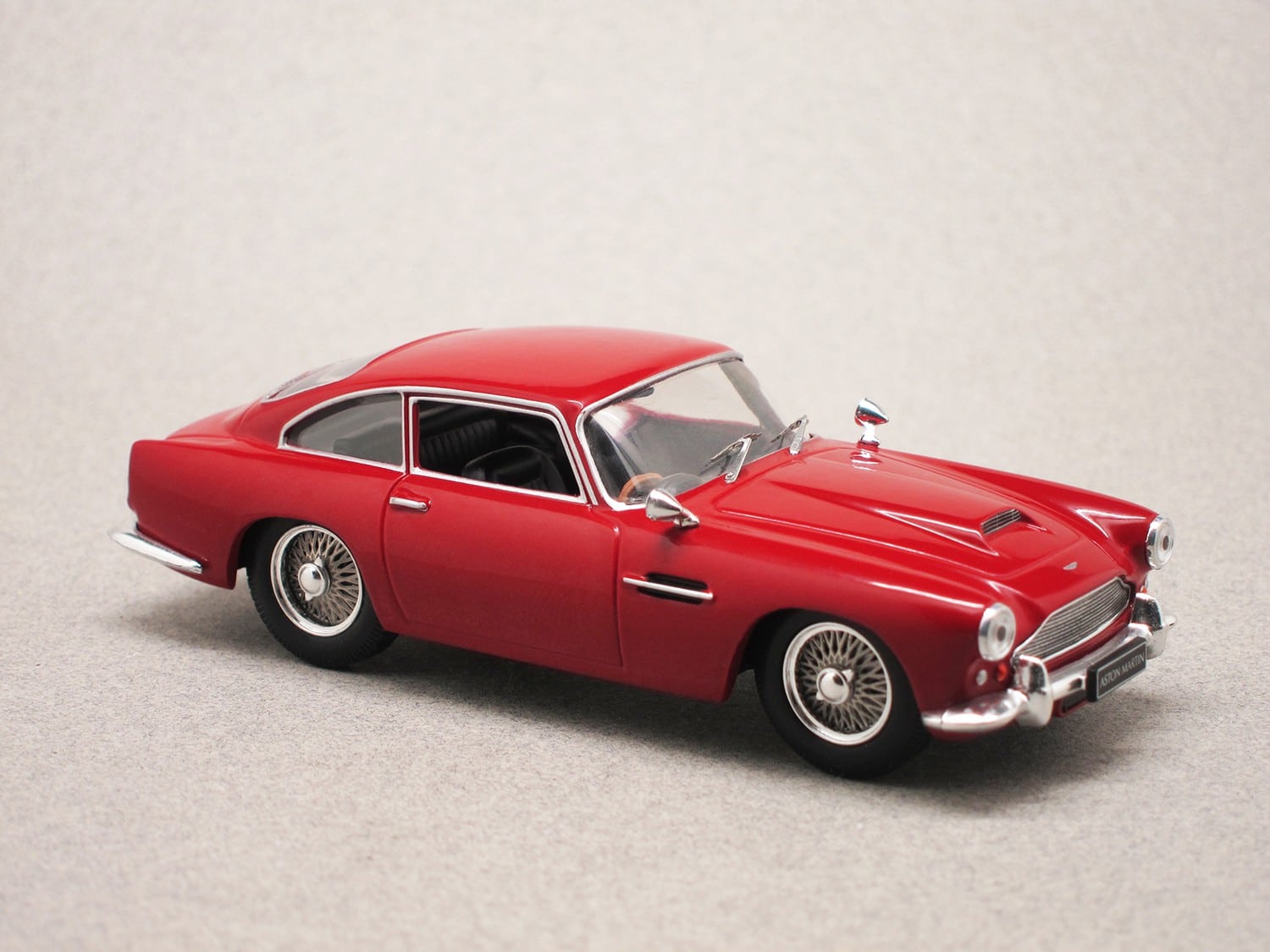
Out of stock
Aston Martin DB4 (IXO) 1:43
Manufactured from 1958 to 1963, the DB4 is recorded in history thanks to its Superleggera version, bodied by Touring (75 units produced) and the GT Zagato (19 units). But most of the models produced (1,040 units) consisted in the very elegant factory-built coupe, notably recognizable by its vertical headlights. 70 convertibles were also assembled from 1961 to 1963.
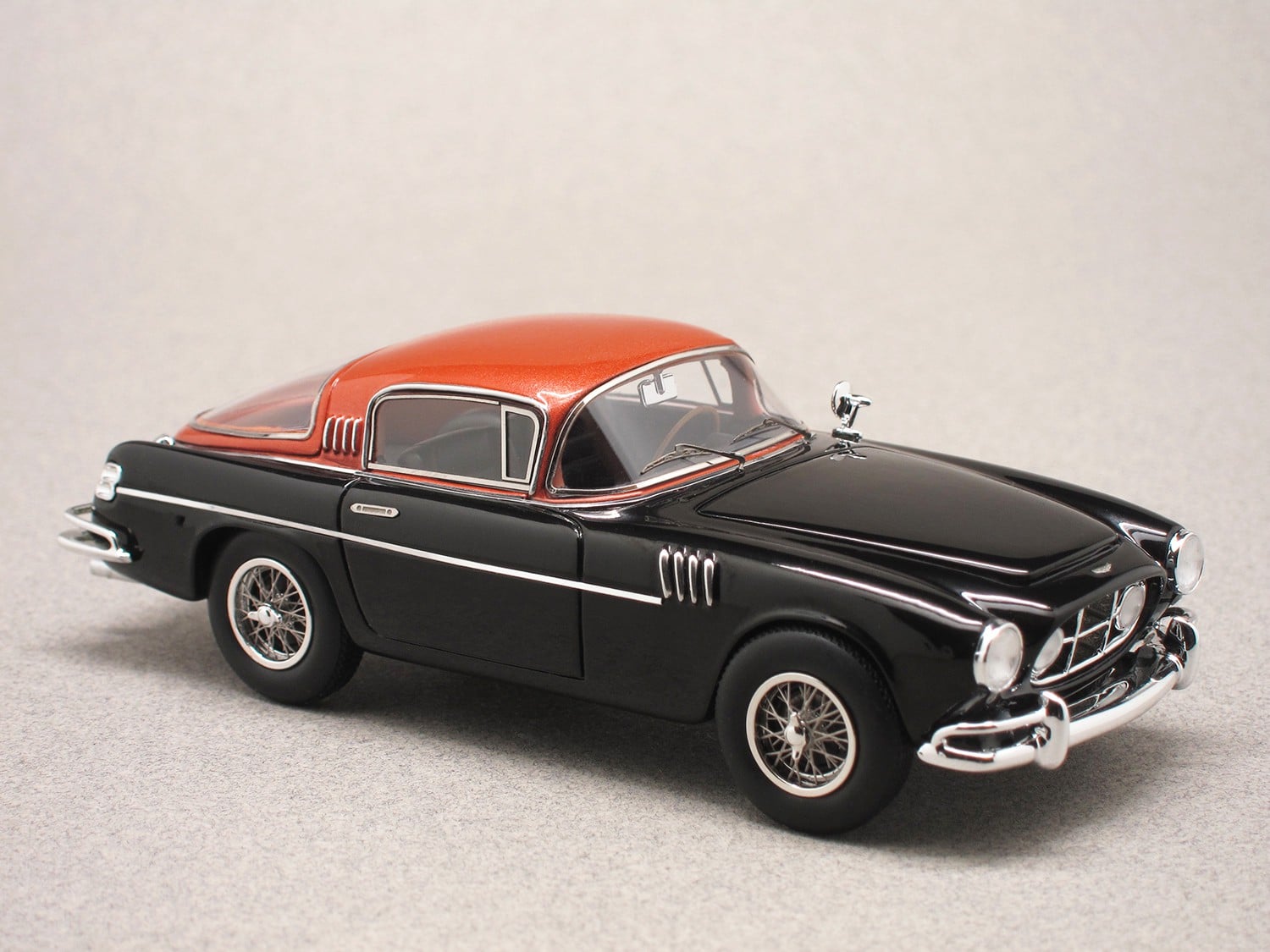
In stock
Aston Martin DB 2/4 Vignale black (Matrix) 1:43
The DB2 launched in 1950 was renamed DB2/4 in 1953, when two (tiny) seats were added at the rear. A number of independent coachbuilders designed bespoke coachwork based on simple rolling DB2/4 chassis. This is the case with this version, made by the Italian specialist Vignale in 1954 for King Baudouin of Belgium. This black body with a red roof is its original colour.


